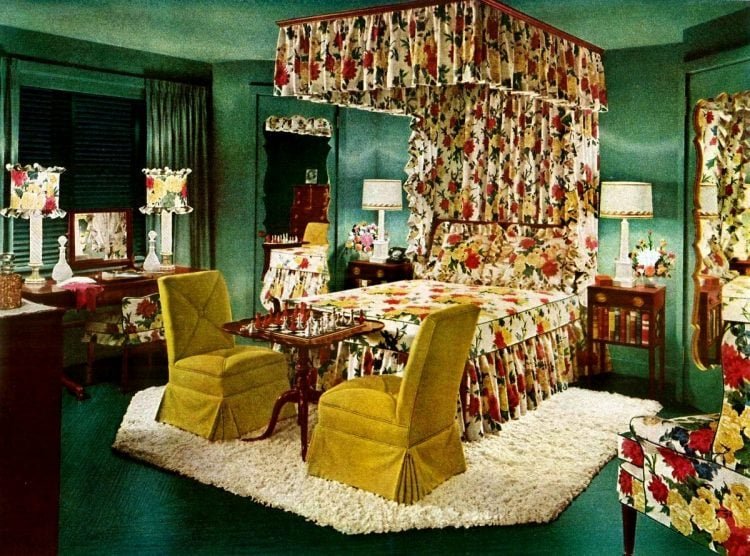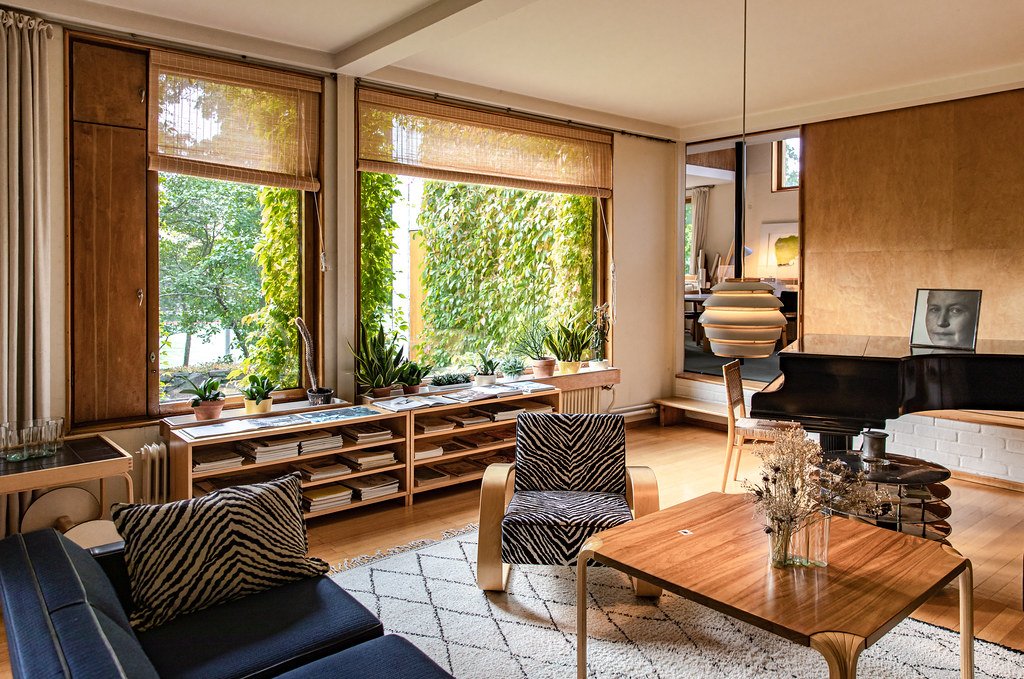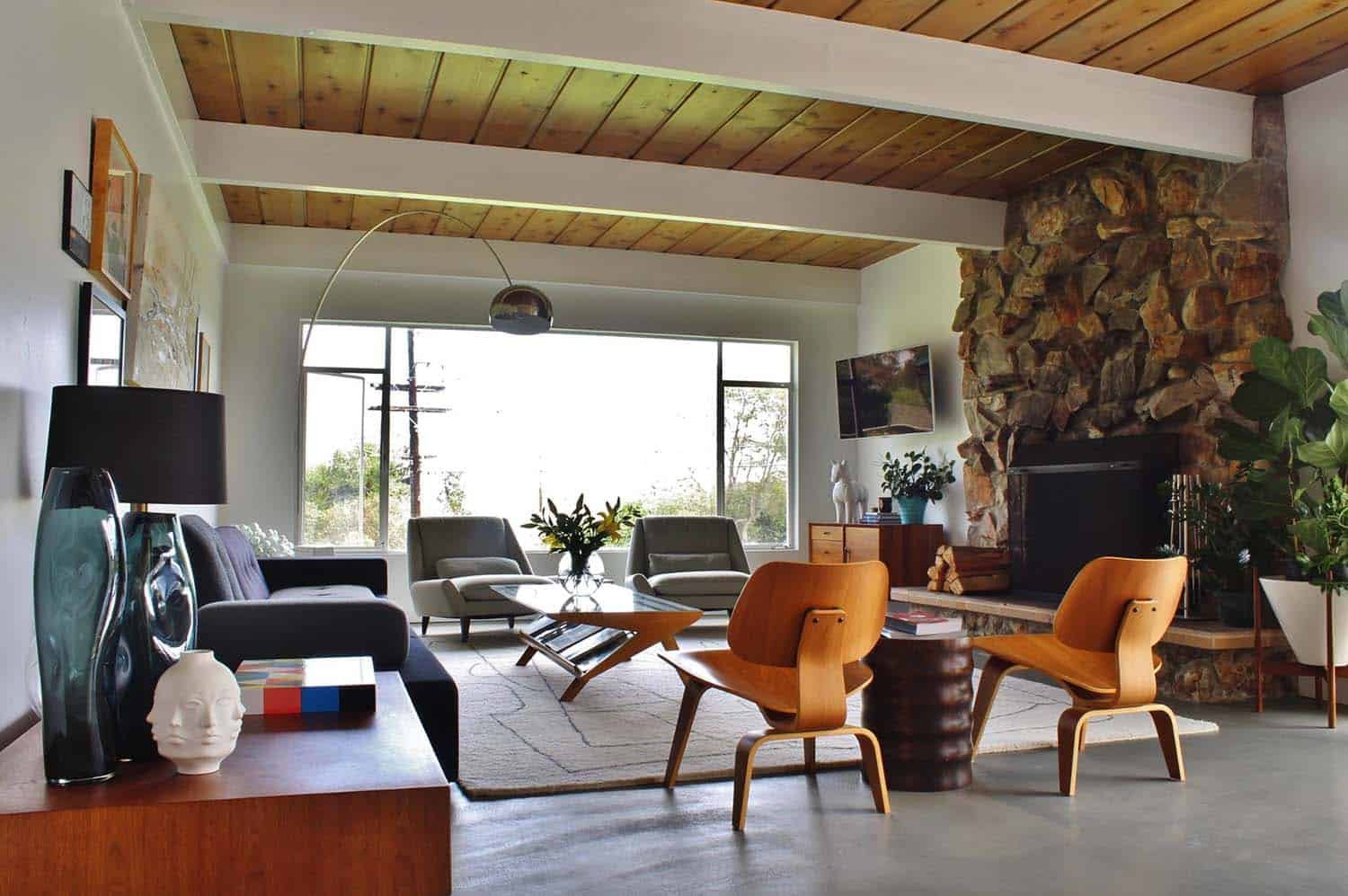What is Mid Century vs. Mid Century Modern?
“Form follows function—that has been misunderstood. Form and function should be one, joined in a spiritual union.”
—Frank Lloyd Wright
Probably the single biggest design label mistake made by many is the difference between Mid Century and Mid Century Modern.
Currently, Mid Century Modern has made a big renaissance in popularity thanks to shows like Mad Men and our houses have made subtle changes to resemble those cool 60s powerhouse boardrooms. Many people use the terms “Mid Century” and Mid Century Modern” pretty interchangeably when the actual difference is huge.
When out shopping for your home, knowledge is power.
So let’s go get the knowledge!
Mid Century (1935 - 1970)
Credit: Click Americana
Though they sound similar, Mid Century and Mid Century Modern are completely different.
Starting mainly in the mid-1930s, Mid Century furniture and decor generally replicated period furniture of the past from Queen Anne, Jacobean, Regency and Victorian styles. Wood furniture was heavily carved with ornamentation.
The offshoot style of Hollywood Regency also evoked a modern glamour era of mirrored furniture with gold gilded picture frames and crystal chandeliers.
Mid Century Modern (1945 - 1970)
Credit: The Manual
After the end of World War 2, inspired by shortages and taking inspiration from nature, Mid Century Modern emphasized functionality over everything else with sleek, simple designs. Different from Mid Century, there’s a distinct lack of embellishments.
Interestingly, many architects were the pioneers of Mid Century Modern design. They were hugely inspired by the mass production methods of the Bauhaus scene of German Art, mixing chromes, metals, and efficient ergonometric designs. To find harmony between the efficient function and beautiful form was the artistic chase.
The father of Mid Century Modern interior designs is Alvar Aalto (I even took a pilgrimage to his house in Finland). His elegant, simple and organic Nordic designs inspired the shapes that Mid Century Modern popularized and beyond.
Think of many of the board rooms of Mad Men and you see Mid Century Modern hitting its peak in popular culture. Functional elegance at its best.
In the 1970s Retro overcame Mid Century Modern as the next big interior design style.
3 QUICK TIPS ON USING MID CENTURY MODERN IN YOUR HOME
Credit: Alvar Aalto House
1. Mid Century Modern Goes With Everything
This is a simple truth of design—if you’re looking to put a piece in a room and don’t know how to match it, you can. Mid Century Modern’s simplicity and strikingly organic forms match with virtually everything, no matter how eclectic your room is. I recently designed for a client who mixed East Asian with Retro 70’s furniture but needed another piece.
That piece was. . . ?
Mid Century Modern.
2. Mid Century Modern Warms With Plants
Credit: Alvar Aalto House
If there’s one valid complaint about implementing a lot of Mid Century Modern into your home, it’s that it can sometimes cause a feeling of sterility. The materials are industrial and without much ornamentation.
To counteract that feeling and perfect the Mid Century Modern look, add plants to your home. I often recommend the Snake Plant as a visually striking, very easy to care for house plant. Furthermore, add more earthen accessories like pottery and warm woods to balance out MCM’s industrial aesthetic.
3. Mid Century Color Tips
Top Mid Century Modern Makers
Credit: Don Pedro Brooklyn
Bounce the imitations on Wayfair and go for the real deal. If you’re looking to dive into Mid Century Modern, these are some great makers. Start with one case piece. It can make a huge transformation to a room.
For top-tier/higher-level makers, I recommend Directional, Dunbar, Herman Miller, J L Møller, Baker, and Knoll.
For mid-level/more affordable, I like Lane, Basset, American of Martinsville, Broyhill, Chromcraft, Century Furniture, Kroehler, and Rway.
Discover which makes your home special.








